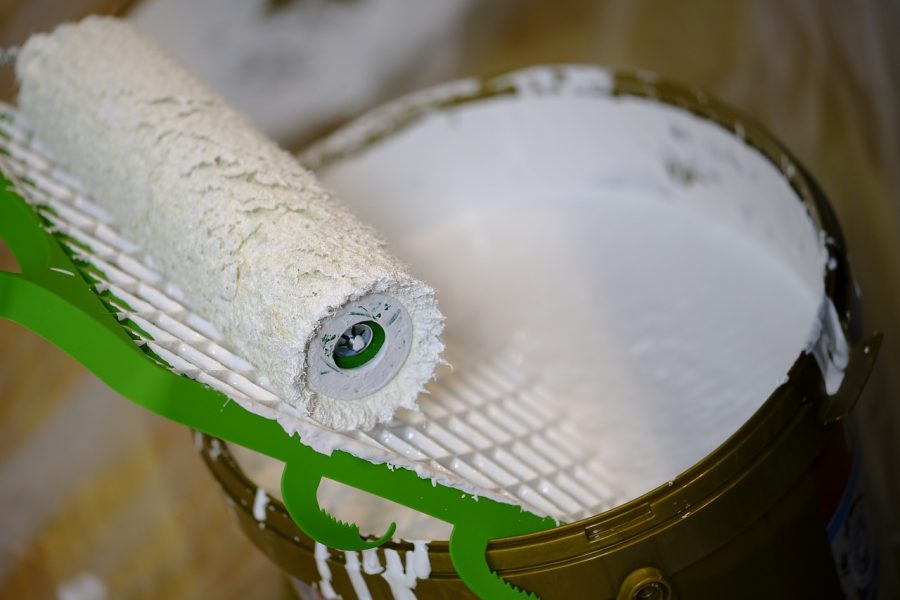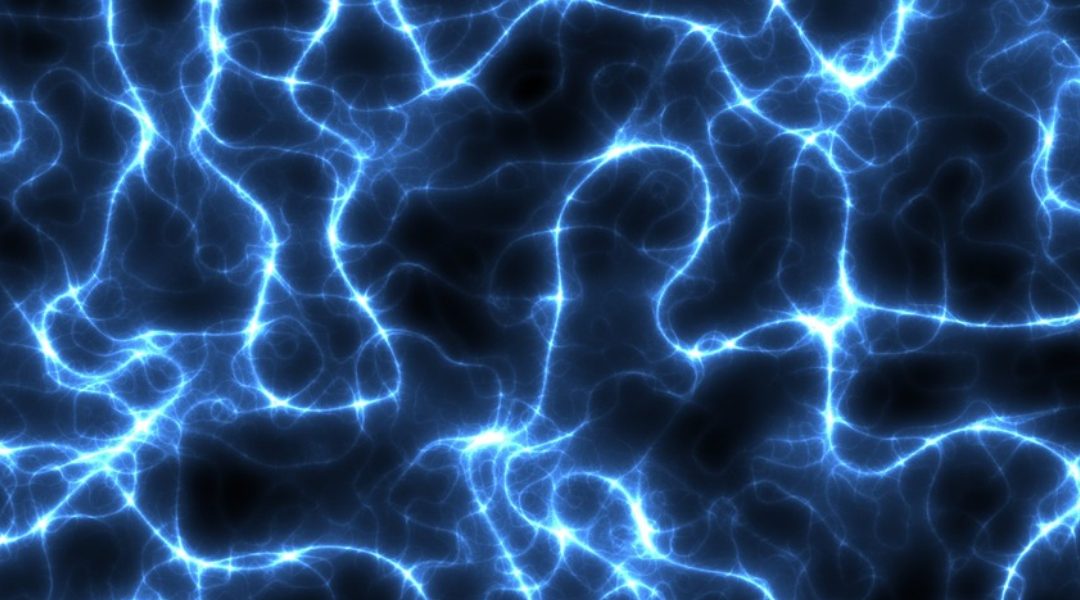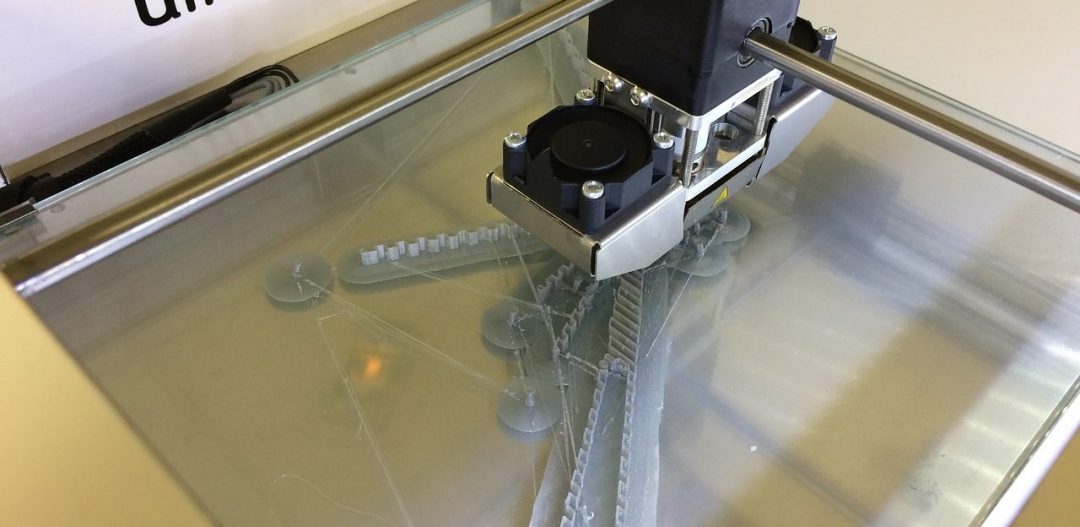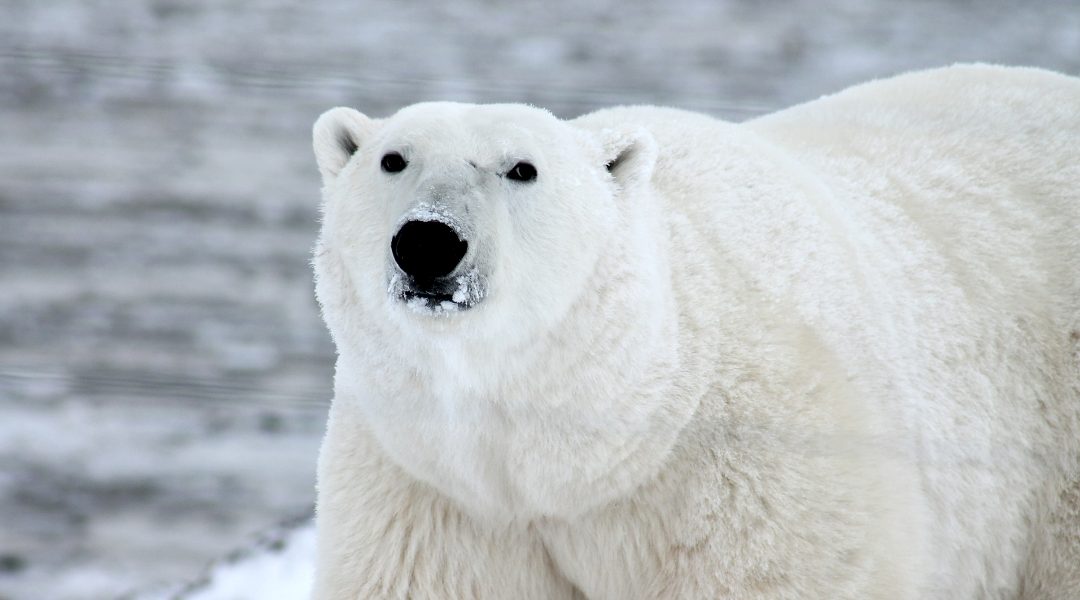A roll-to-roll strategy for the production of future wearable photoelectric devices with higher performance and at a lower cost.


A roll-to-roll strategy for the production of future wearable photoelectric devices with higher performance and at a lower cost.

Making methanol for use as a renewable energy carrier.

Artificial intelligence is used to analyze the parameters for creating self-cleaning, superhydrophobic surfaces, and to generate a model for optimizing the experimental conditions.

Strain-sensitive ‘smart’ materials that can monitor their own strain and internal damage state.

Hydrogen is now rapidly developing as a renewable fuel for both stationary and transport applications.

A broadband visible-light-driven photocatalytic SERS platform with the CuO nanowires (NWs)/Cu2O hetero-nanostructures as the backbone.

Various approaches for converting CO2 and H2O to liquid hydrocarbons using solar energy involve electro/photo/thermochemical catalytic processes and combinations thereof exist.

Graphene sensors with high-resolution features are produced on flexible tapes for wearable electronics via a simplified drop-cast-and-transfer process.

A team or Irish researchers evaluated the use of a barrel atmospheric plasma system for the treatment of the polymers acrylonitrile butadiene styrene and polylactic acid polymer particles used in 3D printing.

Replicating the hollow structure of polar bear hairs allows an insulating material to provide thermal management with stealth applications.